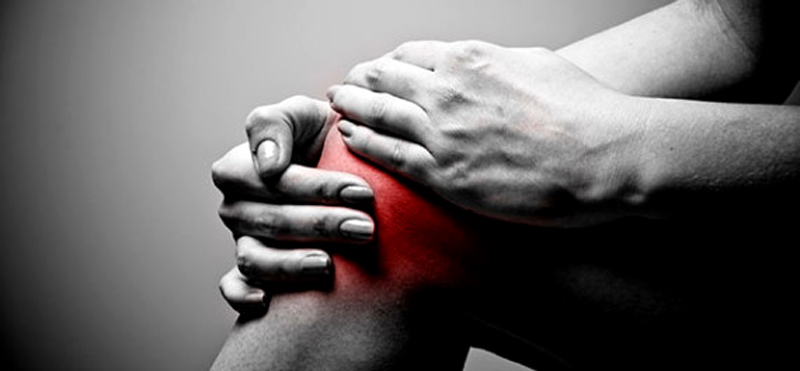Study: Tai Chi Reduces Pain and Improves Physical Function for People with Knee OA

Osteoarthritis (OA) refers to a clinical syndrome of joint pain accompanied by varying degrees of functional disability and impaired quality of life. The prevalence increases with age, and OA is one of the leading causes of pain and disability for the adult population worldwide (NICE 2008).
Tai Chi is a form of exercise that focuses on controlled movements combined with diaphragmatic breathing and relaxation while maintaining good posture (Hall et al 2009). This randomised controlled trial included modified Yang-style Tai Chi so as to be suitable for persons with knee pain. Previous studies of Tai Chi for this patient group have not shown convincing evidence, as the quality and quantity of the studies have been limited (Lee et al 2008, Hall et al 2009).
The trial is very well designed and reported; impressively, there is no attrition, high intervention attendance, and a long follow-up. The authors acknowledge that the trial was underpowered with only 40 participants, which resulted in fairly imprecise effect sizes. The trial showed promising results with benefits in physical function, pain, and psychological measures. As expected, the effects on pain and function started declining when treatment sessions ended. However, benefits in psychological measures persisted as far as 48 weeks. The study should be replicated on a larger scale in order to confirm the results.
Current guidelines consider non-pharmacological treatment modalities as the cornerstones in modern management of OA with information, exercise, and weight loss as core treatments (NICE 2008). Although this trial involved instruction by a Tai Chi master and selected participants, the study results might encourage physiotherapists to consider Tai Chi as an alternative, or additional, form of exercise for persons with knee OA.
Journal of Physiotherapy 2010 Vol. 56 – © Australian Physiotherapy Association 2010 - Nina Østerås and Camilla Fongen
National Resource Centre for Rehabilitation in Rheumatology, Norway
References: Hall A et al (2009) Arthritis Rheum 6: 717–724. Lee SL et al (2008) Clin Rheumatol 27: 211–218. National Institute for Health and Clinical Excellence (NICE) (2008) Osteoarthritis: the care and management in of
osteoarthritis in adults. (NICE Clinical Guideline 59)
Recent Posts
- Caring for the Self
- Eight Energies, Five Steps, Two Weeks, and a Lifetime of Practice: Training at Beijing Sports University 2025
- Qigong: A Guide to Understanding the Many Paths of Energy Cultivation
- The Year of the Wood Snake and Tai Chi/Qigong: A Harmonious Interplay
- An Introduction to the Six Harmonies in Taijiquan
- Tai Chi Lessons from a Broken Piano: Work with What You Have
- Tai Chi and Cage Fighting: Zhang WeiLi, China’s UFC Champion
- Studio 14 - The Launch of a Dream
- It’s The Year of the Wood Dragon – A Great Time to Dream Big
- The 21st WTQA Festival 2023 - My First Wushu Tai Chi Qigong Festival
Tags
Archive
- December 2025 (1)
- November 2025 (1)
- March 2025 (1)
- January 2025 (1)
- November 2024 (1)
- September 2024 (1)
- July 2024 (1)
- January 2024 (2)
- December 2023 (1)
- September 2023 (1)
- June 2023 (2)
- April 2023 (1)
- January 2023 (2)
- November 2022 (1)
- August 2022 (1)
- March 2022 (1)
- January 2022 (2)
- September 2021 (1)
- May 2021 (1)
- March 2021 (1)
- February 2021 (2)
- January 2021 (1)
- December 2020 (1)
- August 2020 (1)
- April 2020 (1)
- January 2020 (1)
- October 2019 (1)
- May 2019 (2)
- April 2019 (1)
- March 2019 (3)
- February 2019 (2)
- January 2019 (3)
- December 2018 (2)
- October 2018 (1)
- July 2018 (1)
- June 2018 (1)
- April 2018 (2)
- February 2018 (1)
- October 2017 (1)
- September 2017 (1)
- April 2017 (2)
- March 2017 (1)
- January 2017 (2)
- December 2016 (2)
- October 2016 (1)
- September 2016 (1)
- August 2016 (1)
- July 2016 (2)
- June 2016 (21)
